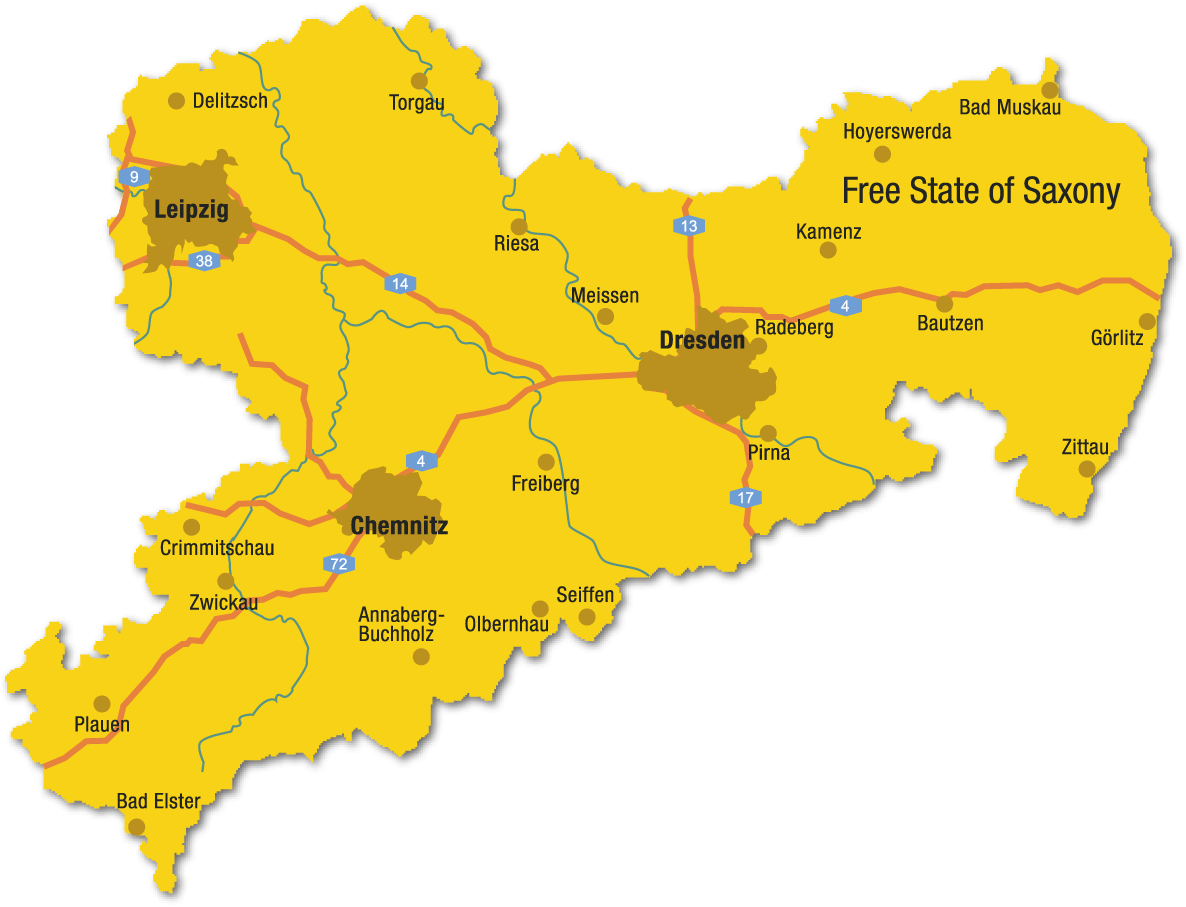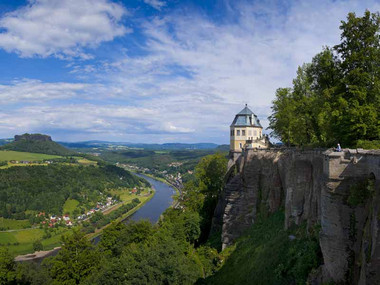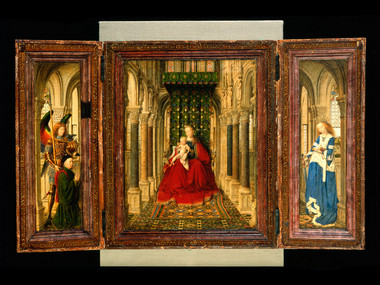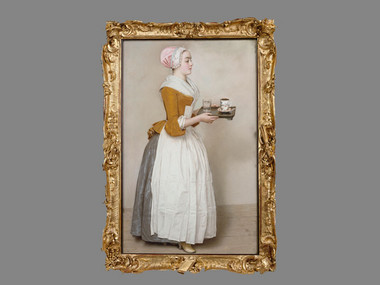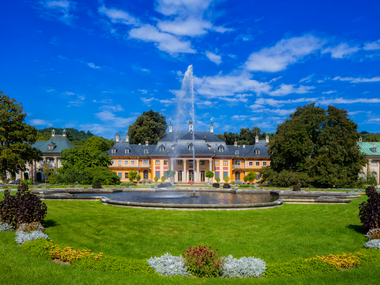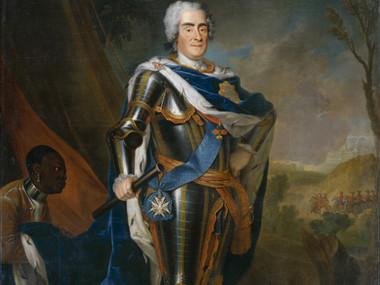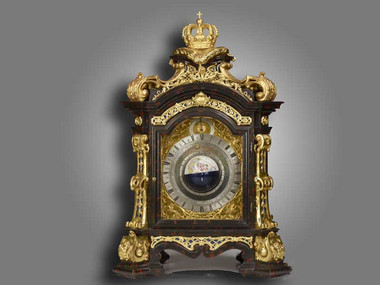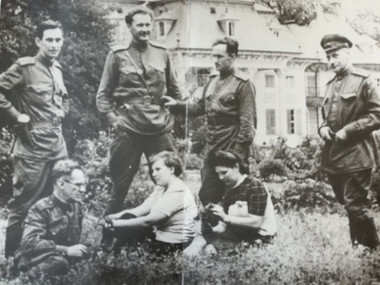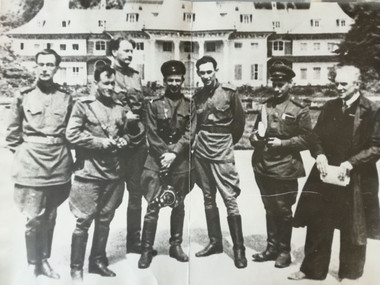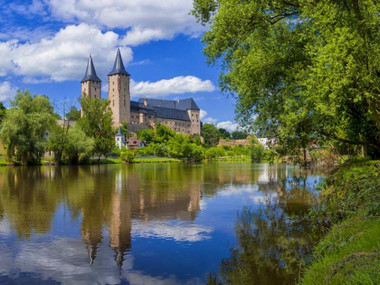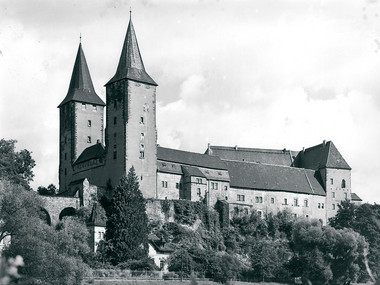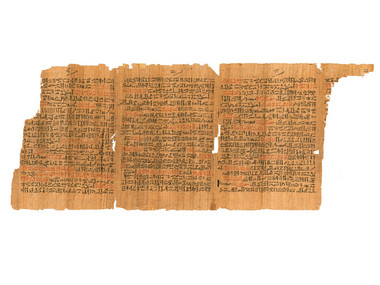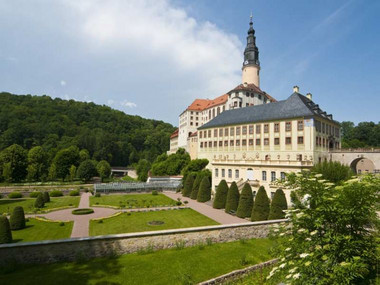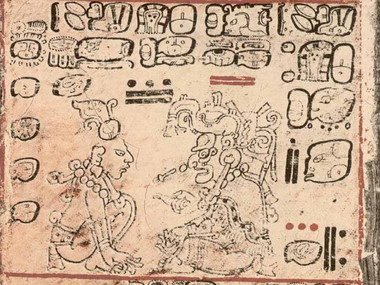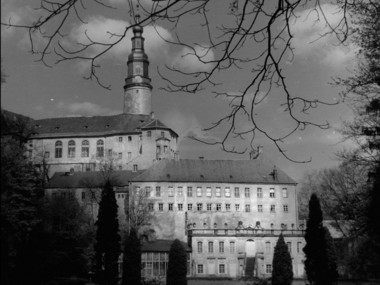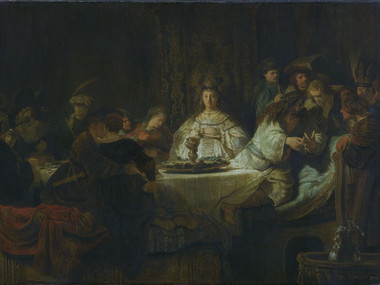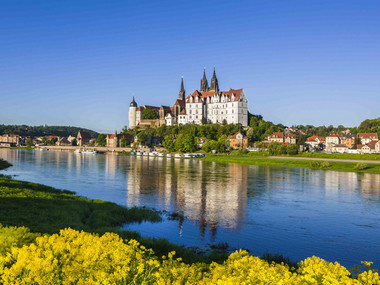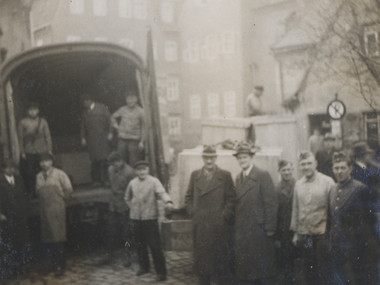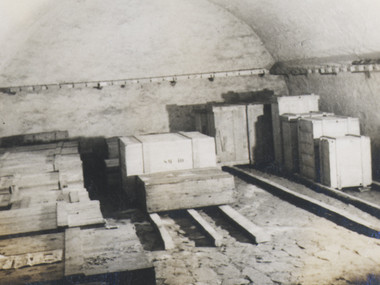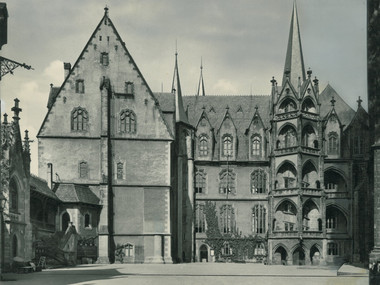Go to Station B – Koenigstein Fortress, approx. 20 km
This exhibition is funded by the European Union as part of the “Adelsschaetze” project.

Koenigstein Fortress (B)
Don’t make a fuss! Several art treasures from Dresden were brought to Koenigstein as part of cloak and dagger operations to protect them from damage during World War II. The entire Green Vault was packed into boxes and taken to the famous fortress in the Elbe Sandstone Mountains. This was followed by 450 boxes from the Historical Museum in January 1943, as well as more treasures from the Porcelain Collection, the Picture Gallery and other museums in Dresden. One of the paintings was the famous “Chocolate Girl” by Jean-Étienne Liotard. Koenigstein served as a prison camp for Polish and French officers at the beginning of the war, but it suddenly became Dresden’s secret treasure chest. Find out more about the turbulent history of one of the largest mountain fortresses in Europe – and conquer Koenigstein Fortress!
More information about Koenigstein Fortress.
Go to Station C – Pillnitz Castle, approx. 22 km
Pillnitz Castle (C)
Not safe and way too damp! Pillnitz Castle wasn’t exactly the best place to store art. Nevertheless, an illustrious circle of private individuals from Dresden started relocating their valuable collections there at the very beginning of the war. One of those was the dancer Gret Palucca. The castle even became a state depot in the final years of the war: The summer residence of Augustus the Strong housed holdings from the Saxon State Library, as well as other collections and furniture from the Museum of Prints and Drawings and the Royal Cabinet of Mathematical and Physical Instruments. Dozens of paintings from the Picture Gallery also found refuge here – and this certainly had an impact on the number of visitors to the castle. One of the paintings was a portrait of Augustus the Strong by Louis de Silvestre. Go on a journey through time and visit Pillnitz Castle!
More information about Pillnitz Castle.
Go to Station D – Meissen Albrechtsburg Castle, approx. 60 km
Rochlitz Castle (E)
A safe haven for invaluable academic treasures: In 1943, over a hundred heavy boxes containing precious books and scriptures were relocated from the old University Library in Leipzig to Rochlitz Castle, where they could be protected against heavy bombing raids. One of the works was the world-famous Ebers Papyrus, a collection of medical scriptures originating in Thebes in 1350 BC. The invaluable papyrus was in danger during the years of occupation that followed. Do you want to know what the Ebers Papyrus has to do with a kennel for the watchdogs of the Soviet secret police and learn even more about Rochlitz Castle? Visit this modern exhibition and start your journey through the centuries!
More information about Rochlitz Castle.
With fortified walls, dry vaulted cellars and rural landscapes, several Saxon castles and palaces became safe havens for art during World War II. This is where precious treasures from Saxony’s world-famous museums and collections found refuge from destruction and looting. Join us on our tour of Schloesserland Sachsen: Find out more about the rescue missions and discover Saxony’s secret hiding places!
Weesenstein Castle (A)
Visit an (almost) bombproof hideaway for art in Saxony! The mighty ramparts of Weesenstein Castle concealed an important depot for the protection of valuable works of art during World War II. The castle served as a hiding place for art from museums and private collections in Dresden and the rest of Saxony, including the works of Caspar David Friedrich. How did this safe place work under the most adverse conditions? And how did looting by occupying forces pose a whole new threat to the works of art? In 2018 the special exhibition »Bombproof! A Hideaway for Art – Weesenstein 1945« provided answers to all these questions. The exhibition brought to life the incredible experiences of the castle's residents during this turbulent period.
More information about Weesenstein Castle.
Meissen Albrechtsburg Castle (D)
Is the oldest castle in Germany also the safest? Meissen Albrechtsburg Castle was one of the most important hiding places for art in Saxony during World War II. Raphael’s »Sistine Madonna« from the Dresden Picture Gallery was one of many famous paintings that were sheltered here for four years. Even the important treasures from Aachen Cathedral were hidden at Albrechtsburg Castle, as well as many other valuable works of art from the Suermondt Museum in Aachen, the Picture Gallery in Dresden, the Porcelain Manufactory in Meissen, the Historical Museum and other collections. Albrechtsburg Castle may have taken some heavy shelling in the war, but the art treasures stored there remained untouched. Visit Meissen Albrechtsburg Castle to discover this special chapter in its history!
More information about Meissen Albrechtsburg Castle.
Go to Station E – Rochlitz Castle, approx. 68 km
